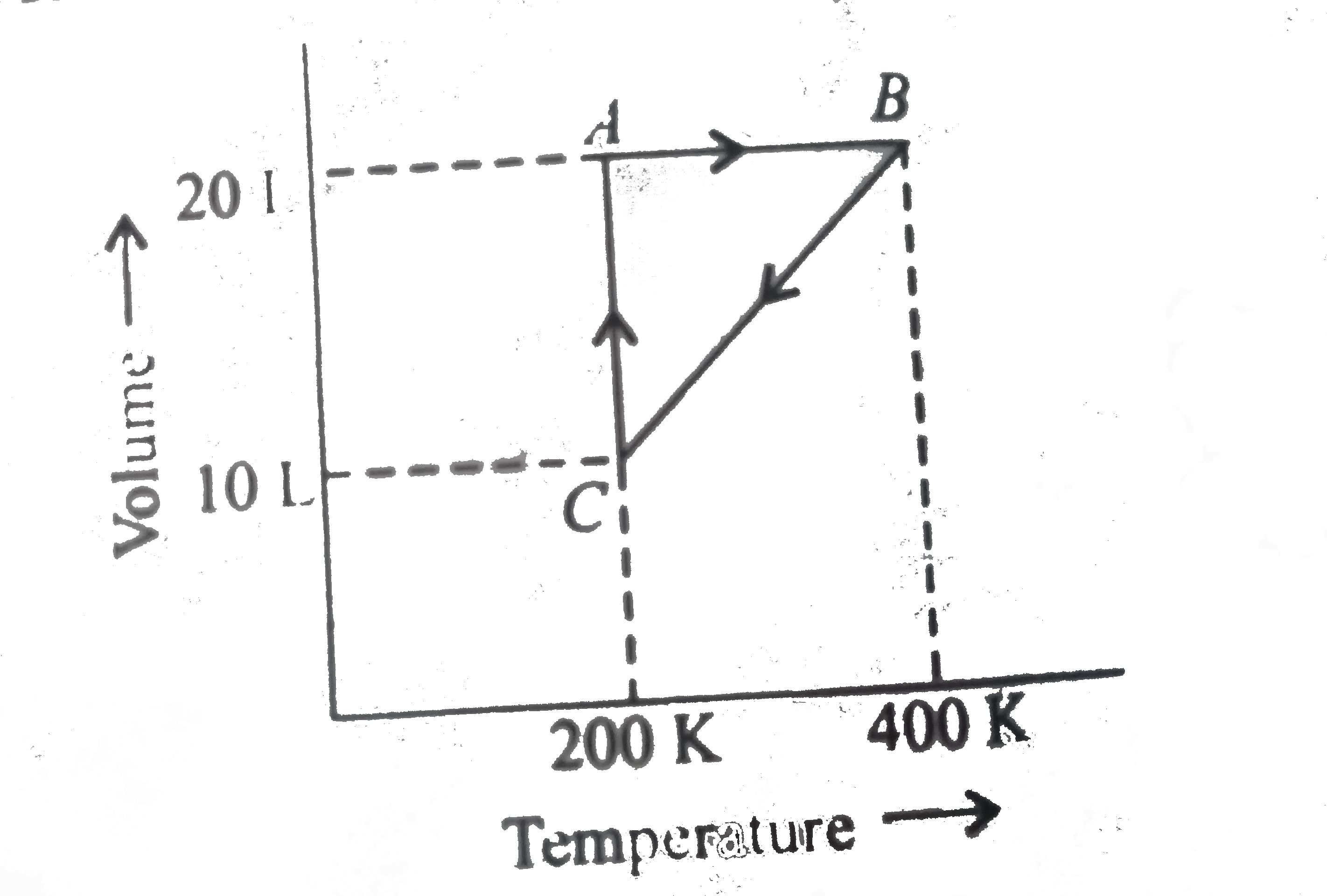If A be the sum of odd terms and B be the sum of even terms in the expansion of (x+a)n, prove that A2−B2=(x2−a2)n
To prove that A2−B2=(x2−a2)n, where A is the sum of the odd terms and B is the sum of the even terms in the expansion of (x+a)n, we will follow these steps:
Step 1: Expand (x+a)n using the Binomial Theorem
According to the Binomial Theorem, we have:
(x+a)n=n∑k=0(nk)xn−kak
This expansion consists of terms where k is the index of summation.
Step 2: Identify the sums of odd and even terms
- Even terms occur when k is even: k=0,2,4,…
- Odd terms occur when k is odd: k=1,3,5,…
Thus, we can express:
A=Sum of odd terms=∑k odd(nk)xn−kak
B=Sum of even terms=∑k even(nk)xn−kak
Step 3: Use the properties of the sums
From the expansions, we can derive:
A+B=(x+a)n
A−B=(x−a)n
Step 4: Solve for A and B
Adding and subtracting the two equations gives:
1. A+B=(x+a)n
2. A−B=(x−a)n
From these, we can solve for A and B:
A=(x+a)n+(x−a)n2
B=(x+a)n−(x−a)n2
Step 5: Calculate A2−B2
Using the difference of squares:
A2−B2=(A+B)(A−B)
Substituting the expressions for A+B and A−B:
A2−B2=((x+a)n)((x−a)n)
Step 6: Simplify the expression
This simplifies to:
A2−B2=(x+a)n(x−a)n=((x+a)(x−a))n=(x2−a2)n
Conclusion
Thus, we have shown that:
A2−B2=(x2−a2)n
According to the Binomial Theorem, we have:
(x+a)n=n∑k=0(nk)xn−kak
This expansion consists of terms where k is the index of summation.
- Even terms occur when k is even: k=0,2,4,…
- Odd terms occur when k is odd: k=1,3,5,…
A=Sum of odd terms=∑k odd(nk)xn−kak
B=Sum of even terms=∑k even(nk)xn−kak
From the expansions, we can derive:
A+B=(x+a)n
A−B=(x−a)n
Adding and subtracting the two equations gives:
1. A+B=(x+a)n
2. A−B=(x−a)n
A=(x+a)n+(x−a)n2
B=(x+a)n−(x−a)n2
Using the difference of squares:
A2−B2=(A+B)(A−B)
A2−B2=((x+a)n)((x−a)n)
This simplifies to:
A2−B2=(x+a)n(x−a)n=((x+a)(x−a))n=(x2−a2)n
Thus, we have shown that:
A2−B2=(x2−a2)n
Topper's Solved these Questions
- MODEL TEST PAPER 14 BOOK - ICSECHAPTER - MODEL TEST PAPER 14 EXERCISE - SECTION B
10 Videos
- MODEL TEST PAPER 14 BOOK - ICSECHAPTER - MODEL TEST PAPER 14 EXERCISE - SECTION C
10 Videos
- MODEL TEST PAPER -5BOOK - ICSECHAPTER - MODEL TEST PAPER -5EXERCISE - SECTION -C
10 Videos
- MODEL TEST PAPER-1BOOK - ICSECHAPTER - MODEL TEST PAPER-1EXERCISE - Section-C
10 Videos
Similar Questions
Knowledge Check
If P be the sum of odd terms and Q be the sum of even terms in the expansion of (x+a)n, then (x+a)2n+(x−a)2n is
(i) P2−Q2
(ii) P2+Q2
(iii) 2(P2+Q2)
(iv) 4PQAP2−Q2BP2+Q2C2(P2+Q2)D4PQ
If P be the sum of odd terms and Q be the sum of even terms in the expansion of (x+a)n, prove that
(iii) 2(P2+Q2)=(x+a)2n+(x−a)2n.
View SolutionIf P and Q are the sum of odd terms and the sum of even terms respectively in the expansion of (x+a)n then prove that
P2−Q2=(x2−a2)n
View SolutionIf the sum of odd terms and the sum of even terms in the expansion of (x+a)n are p and q respectively then p2+q2=
View Solution
The pressures at A and B in the atmosphere are, respectively,
View SolutionIf o be the sum of odd terms and E that of even terms in the expansion of (x+a)n prove that: (i)O2−E2=(x2−a2)n (ii) 4OE=(x+a)2n−(x−a)2n (iii) 2(O2+E2)=(x+a)2n+(x−a)2n
View SolutionFind the number of terms in the expansion of (1−2x+x2)n.
View SolutionIf A and B respectively denote the sum of the odd terms and sum of the even terms in the expansion of (x+y)n, then the value of (x2−y2)n, is equal to
View Solution
